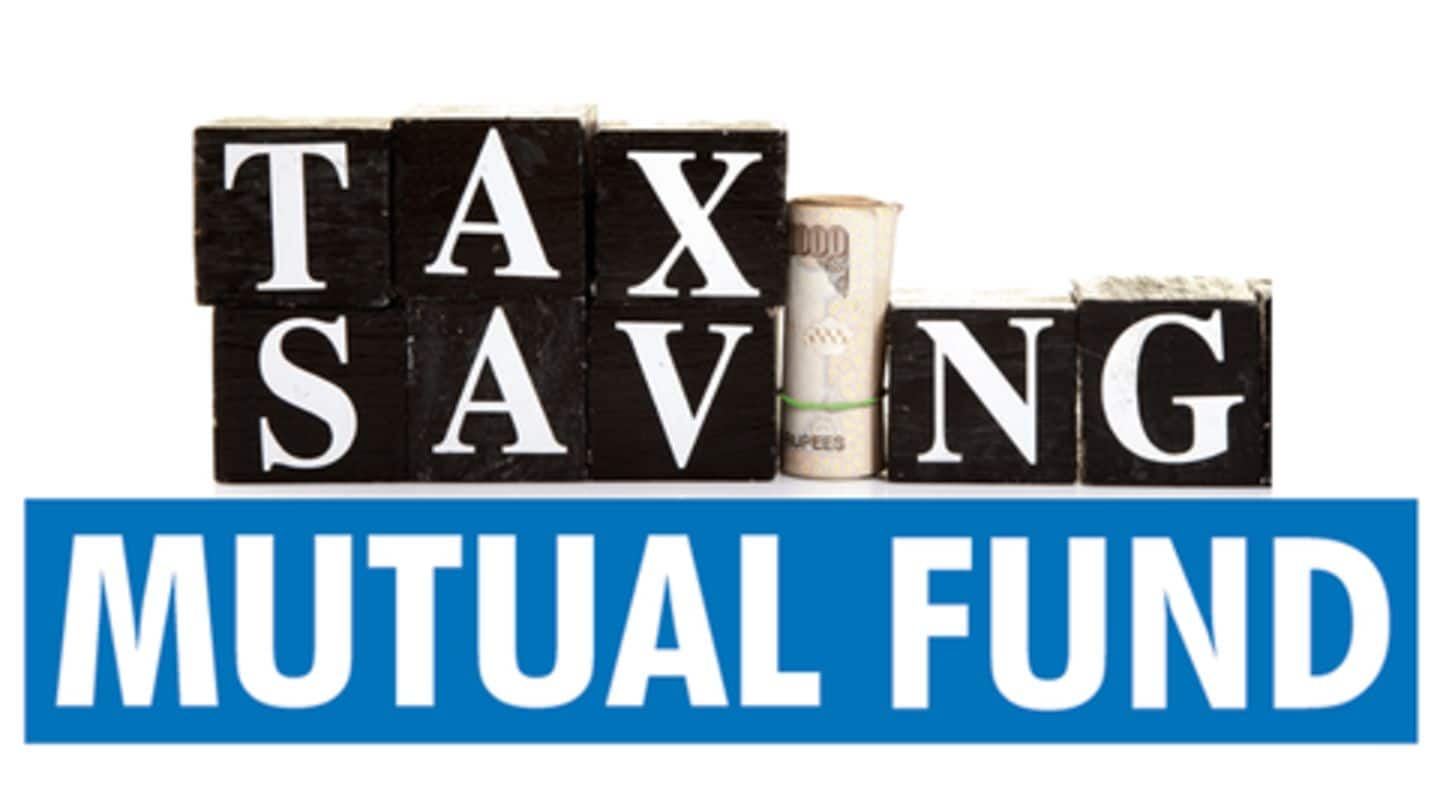
#FinancialBytes: How to choose the best tax-saving mutual fund?
What's the story
When it comes to mutual funds, many investors have one common question: How to choose the best tax-saving mutual fund?
ELSS (Equity Linked Savings Scheme) is a special mutual fund scheme with a three-year lock-in period; investors get tax exemption of upto Rs. 1.5 lakh under the Income Tax Act's Section 80C.
If you're confused about ELSS funds, here's how to choose the best.
Tip #1
Do not blindly go for the top performers
Though most investors tend to pick ELSS funds that are among recent top performers, it is advised to take a decision on the basis of their annualized returns.
Today's top performing funds may slip to lower ranks subsequently. So, one should make a choice based on the consistency of returns rather than their recent performance.
Analyzing various parameters is essential for achieving financial goals.
Tip #2
Pay attention to the portfolio composition of fund
Tax-saving mutual funds generally buy the shares of both big as well as small companies. While 50% of the investments of the funds is mostly concentrated in large-cap stocks, some prefer high exposure to mid-cap and small-cap stocks.
However, the prices of mid-caps and small-caps are highly volatile, which is risky and also affects the performance of the funds heavily invested in these stocks.
Tip #3
About the turnover ratio of the fund portfolio
Turnover ratio of a mutual fund's portfolio is the percentage of its holdings replaced in a year. It represents how often the portfolio is churned.
For example, a 100% figure means the portfolio is completely changed in one year, while 20% means it is changed in five years.
Though higher turnover ratio means additional cost for investors, it also indicates aggressive fund management style.
Tip #4
Investors must also analyze the risk-return potential
Investors should also analyze the risk-return framework of the fund before investing in it. As per the risk-return principle, higher risks must be compensated by higher returns.
For every high risk taken by the fund, it should generate higher returns.
The Sharpe Ratio of the fund shows how the fund will give the investors additional returns as compensation for the extra risks taken.
Tip #5
Understanding the fund management style
Before deciding on the best tax-saving mutual fund, investors must also analyze the fund management style.
Based on the aforementioned factors, including consistency of returns, portfolio composition, and risk-return potential of the fund, investors must understand if it's aggressive, moderate, or conservative and invest in suitable one.
If the investors take a decision in haste, they may end up choosing the wrong mutual fund.